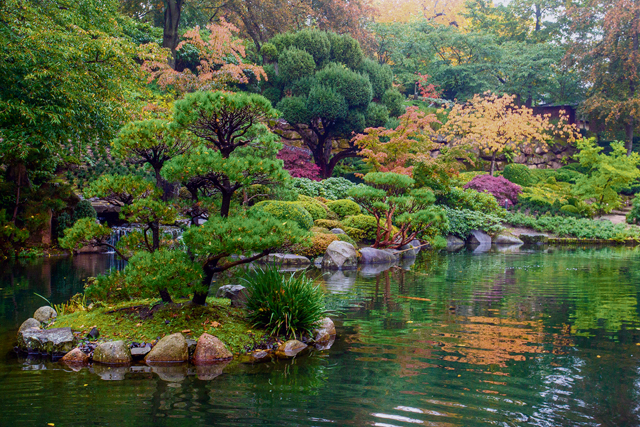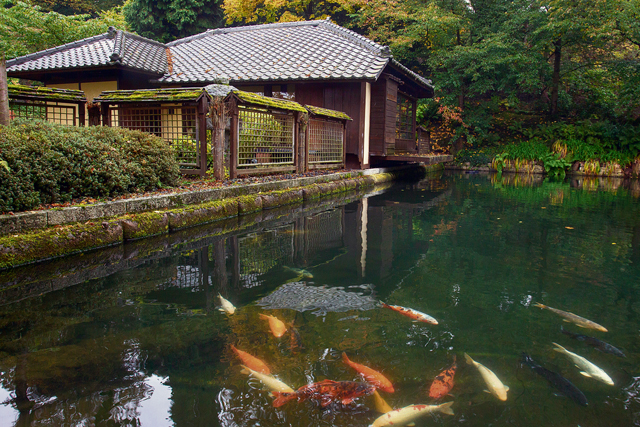Little soothes the soul as well as a tour through a Japanese garden. These bastions of tranquility have it all: water features, beautiful koi, delicate cherry trees and an almost otherworldly sense of good order. In all honesty, Japanese gardens are needed now more than ever.
Fortunately for you, Kaiserslautern is home to the Japanischer Garten, Europe’s largest Japanese garden and an excellent one, to boot. If you haven’t been yet, there’s no time like the present.

Understanding the garden
Essentially, a Japanese garden is like a living painting. Everything is coordinated to offer visitors the utmost feeling of orderliness. When you visit one, you feel like the world makes sense – and that you are an essential part of that world.
The Kaiserslautern Japanese Garden pulls this off really, really well. The bulk of the garden is designed to make sure that key natural concepts are in complete harmony. These include:
Space: the garden’s layout is designed to maximize how things fit together horizontally, vertically, near and far. This includes an aversion to symmetry when it comes to non-buildings: you won’t find straight angles or anything that really screams “I was designed by a human!” in the garden.
Paths: these are essential to giving a visitors a feeling of total immersion. They also work together wonderfully with the water and vegetation features, so that you can visit during different seasons and get totally different experiences.
Water and vegetation: the garden contains pond gardens (which are as cool as they sound), a large waterfall, and an essential feeling of “flow.” It also offers an incredible assortment of greenery that definitely looks as though world-class pruners have been hard at work. Some of the trees will take your breath away.

History
The garden opened its doors in 2000, but the idea stretches back nearly 30 years. Established on a site that was previously a sort of urban wasteland, it has grown in leaps and bounds since then. Expansion really accelerated prior to the 2006 World Cup, in which Kaiserslautern was a host city: Team Japan played a game in the city, and were visitors to the garden.
Since then, the garden’s caretakers have continued to work to make it into one of the premier showcase locations in Kaiserslautern.
Tickets to inner peace (and dinosaurs)
Though attendance at the Japanese Garden (and pretty much everywhere else in Germany) suffered mightily at the hands of COVID-19, it is now open for business. Park operating hours are 10 a.m. to 7 p.m. Tuesday through Sunday (though the garden is often opened on holiday Mondays).
It is always a good idea to check the website (https://www.japanischergarten.de/) before you go: local restrictions might mandate that advance reservations are needed for a visit.
Ticket prices are very reasonable. Adult tickets cost €5.50 and children up to 11 years old are free. One-euro reductions are available for students, and there is an evening rate of €4.50 per ticket for adults after 5 p.m.
For visitors who are interested in visiting both the Japanischer Garten and the nearby, dinosaur-filled Kaiserslautern Gartenschau, joint tickets are available that offer a great deal for entry to both places.


